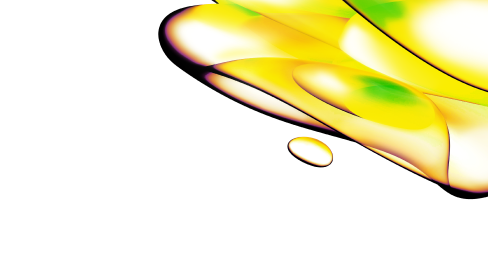Resource Center
Explore Resource Types
We have housed the technical documents (SDS, COAs, Manuals and more) in a dedicated section.
Explore all All Resources
Filters
Select resource types (1)
Select products & services
Select solutions (1)
Active Filters (2)
Clear All
1 - 12 of 68 Results
Sort by:
Best Match
2D OncoSignature™ Long-Term Assay: Extending the reach of cell panel screens
This application note describes the development of the 2D OncoSignature™ Long-Term Assay (LTA) drug discovery service.
Induced regulatory T cell suppression assay for compound screening
This application note describes our high-throughput functional assay to assess the effect of compounds on iTreg function to enhance or inhibit their suppressive activity on T cells.
Polarization of naïve CD4+ T cells to induced regulatory T cells for compound screening
This application note describes our screening platform for compound testing with the phenotypic characterization of iTregs.
Machine-learning prediction of drug mechanism of action from high-content cell painting images
This application note demonstrates how machine-learning and high-content imaging can be applied to predict drug mechanism of actions.
Phenotype discrimination using the PhenoVue cell painting and multi-organelle staining kits
In this study, we analyzed the phenotypes induced by a set of 15 reference compounds using both the PhenoVue cell painting kit and the PhenoVue multi-organelle staining kit to compare phenotypic discrimination results of the two assays.
Background correction and dependency on quench.
Guide to preparing suitable background samples for accurate scintillation measurements in environmental and natural radioactivity studies, focusing on composition matching and key considerations.
How can I prepare a protocol for a GCT optimization run?
How to optimize Quantulus GCT 6220's Guard Compensation Technology for background reduction, focusing on proper background sample preparation and protocol creation.
Requirements for a “good“ measurement with a liquid scintillation counter.
Guide to achieving accurate liquid scintillation measurements, covering sample preparation, instrument maintenance, protocol settings, and data output for optimal results and minimal uncertainty.
LSC counting solutions: Technical tips
Because of both nuclear fallout and discharges from the nuclear industry (including releases from the Chernobyl accident in 1986), certain radionuclides are studied more than others. This is due to either their radio-toxicity, increased presence in the environment or ease of entry into the food chain.
Improve Results Obtained from Swipe Assays
The purpose of the test is to determine the presence and severity of the contamination. Pre-wetting the swipe optimizes the collection efficiency and enhances the ability to detect the presence of any radioactivity exceeding the NRC action level of 20,000 DPM/100 cm2 for restricted areas.
Measurement of biofuels with the Tri-Carb 4910 and comparison with the Quantulus GCT.
Overview of biofuel liquid scintillation analysis using Revvity's Tri-Carb 4910TR and Quantulus GCT, comparing standard and sensitive counters for various fuel types.
Multi-nuclide analysis using QuantaSmart and SpectraWorks 2 software.
Exploring spectral subtraction for multi-nuclide quantification in liquid scintillation counting, using Revvity's SpectraWorks 2 software with Tri-Carb and Quantulus GCT systems.


Looking for technical documents?
Find the technical documents you need, ASAP, in our easy-to-search library.




























